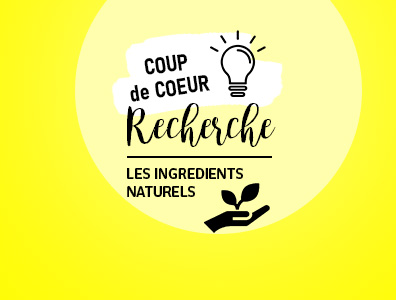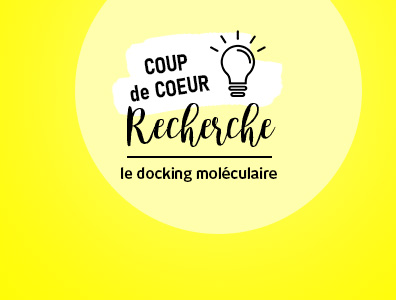
Coup de cœur RESEARCH
Spotlight on the sensorial performance of “natural” cosmetics
Supported by ISO:16128 of 2018, the cosmetics industry has long been prepared to use processes and ingredients derived from green chemistry to formulate natural products in compliance with regulatory criteria in order to limit danger to people and ecosystems.
Natural fats are already widely used. Efforts initially focused on emulsifiers and natural gelling agents, the main challenge being to define new process and compatibility standards. Sensory agents and natural active ingredients face similar challenges. The properties of these ingredients enable substitutions and the development of new products on the market, such as solid dry galenics, which reduce weight and limit the addition of preservatives.
As a result, the range of natural ingredients on offer is diversifying enormously, and the sensorial properties of cosmetic products are changing irrevocably. With a view to substituting the same product, already marketed and appreciated, but formulated with natural ingredients, sensory evaluations by panelists enable us to check whether any differences are perceptible, and to obtain an initial idea of the acceptability of the new “green” formula. To what extent are consumers ready to adopt the new sensory standards of natural formulas? what impact can we expect on sensory evaluation methods?
Against this backdrop, the EBInnov® team used its expert panels to assess the texture of cosmetic emulsions, and looked at the sensory universe of market products selected on the basis of their “natural” or “non-natural” ingredients, and their galenic formulation, with the aim of defining a sensory universe of “classic” and “natural” products, and studying panelists’ discrimination between these two universes. The results? Blind sensory profiles enable us to differentiate Cosmos-certified products from conventional or minimalist formulations for a given descriptor, and to identify the sensory properties substituted and the origin of the differences. The result is a method for measuring the impact of substitutions on sensoriality and predicting the success of natural formulas.
Find out more: Dr Marc Lavarde
The bottom line is that when sensory mapping moisturizers, we can differentiate cosmos products from minimalist or non-cosmos formulations. We can also specify the origin of these differences and correlate them with substituted products if we are comparing formulas with substituted ingredients. In so doing, we’ll answer the question of whether the substitution was successful, and if not, which sensorialities were affected.













